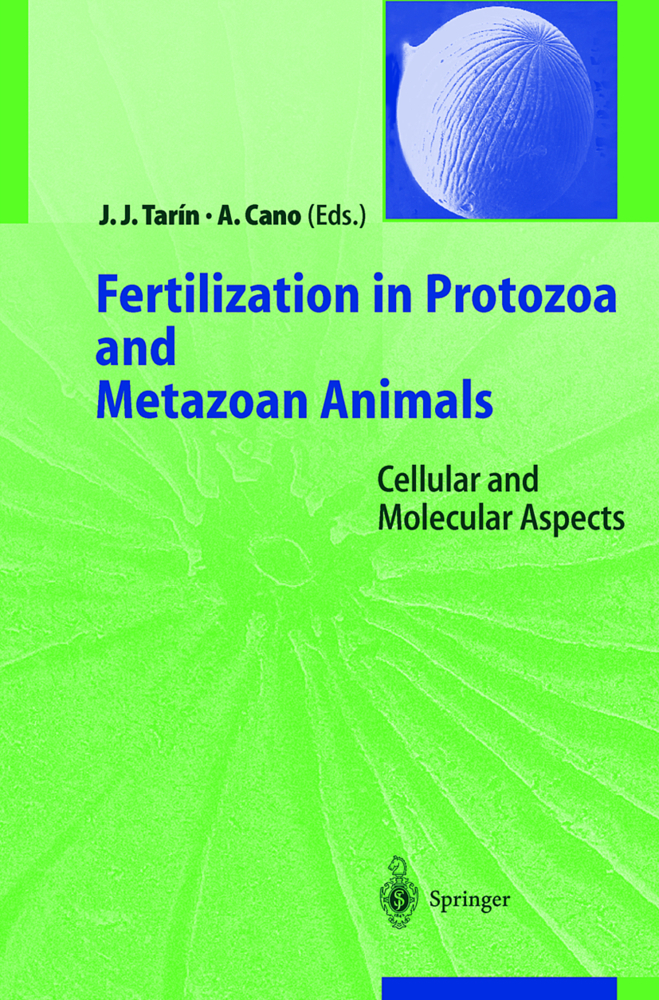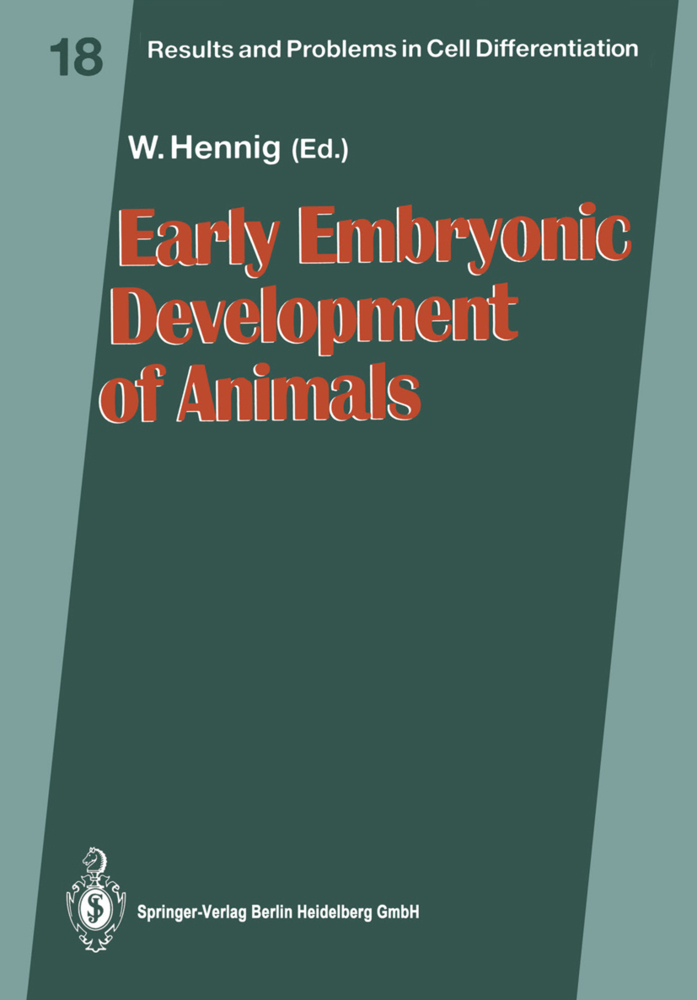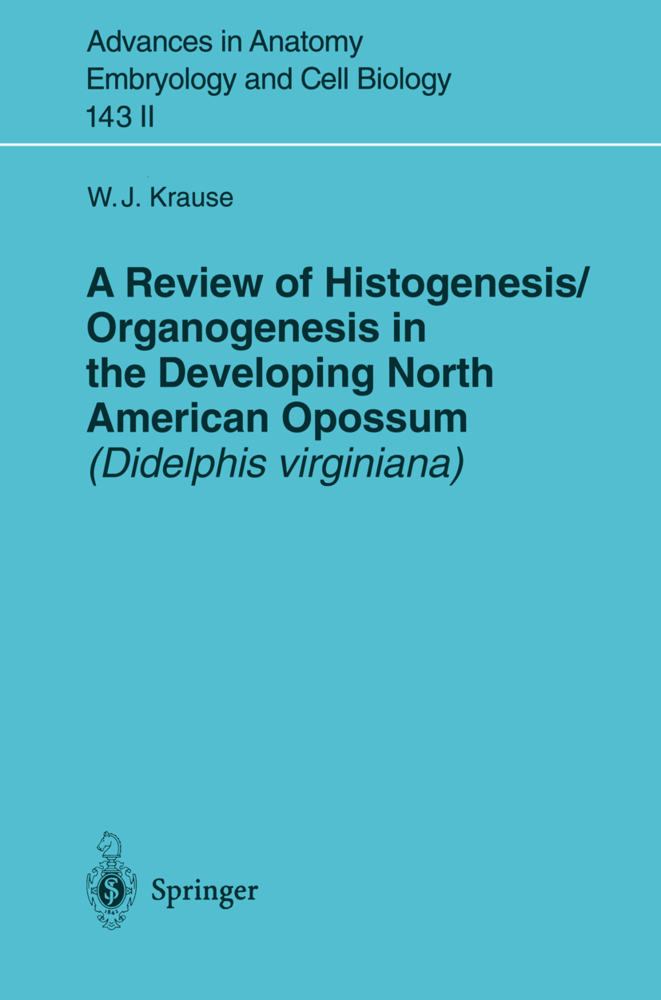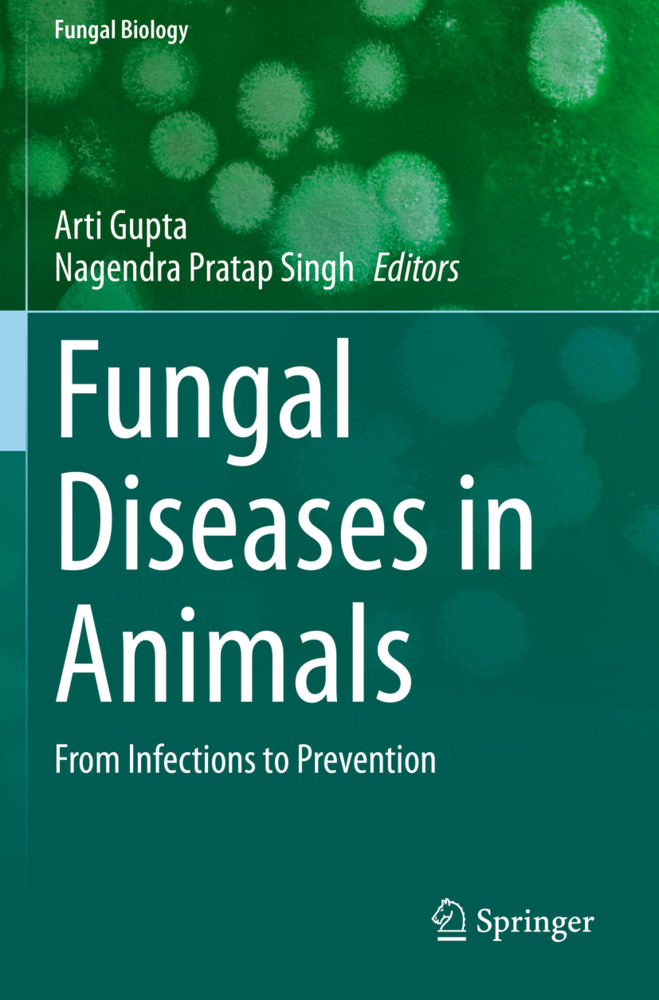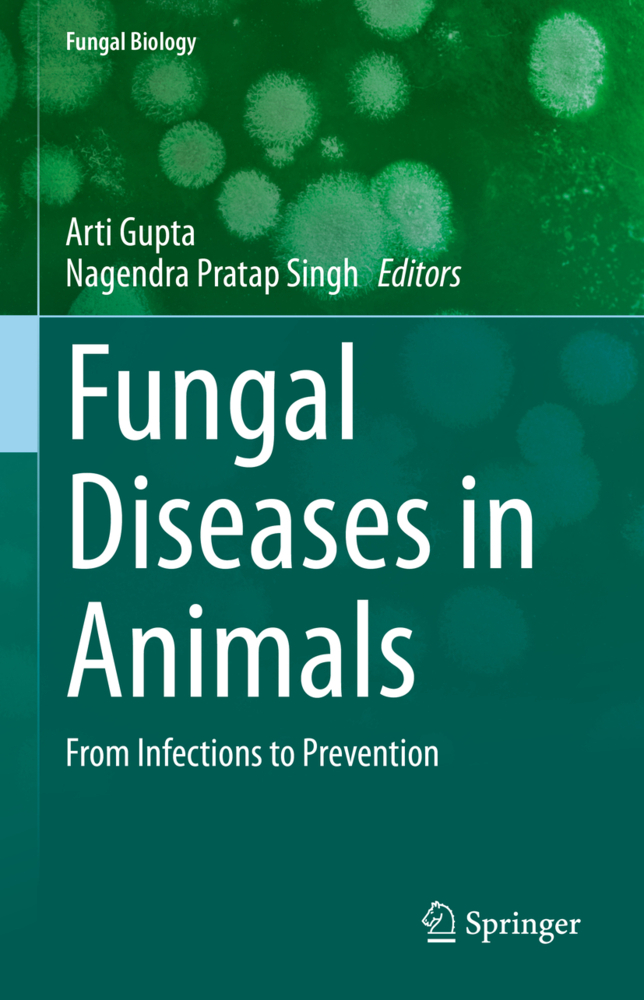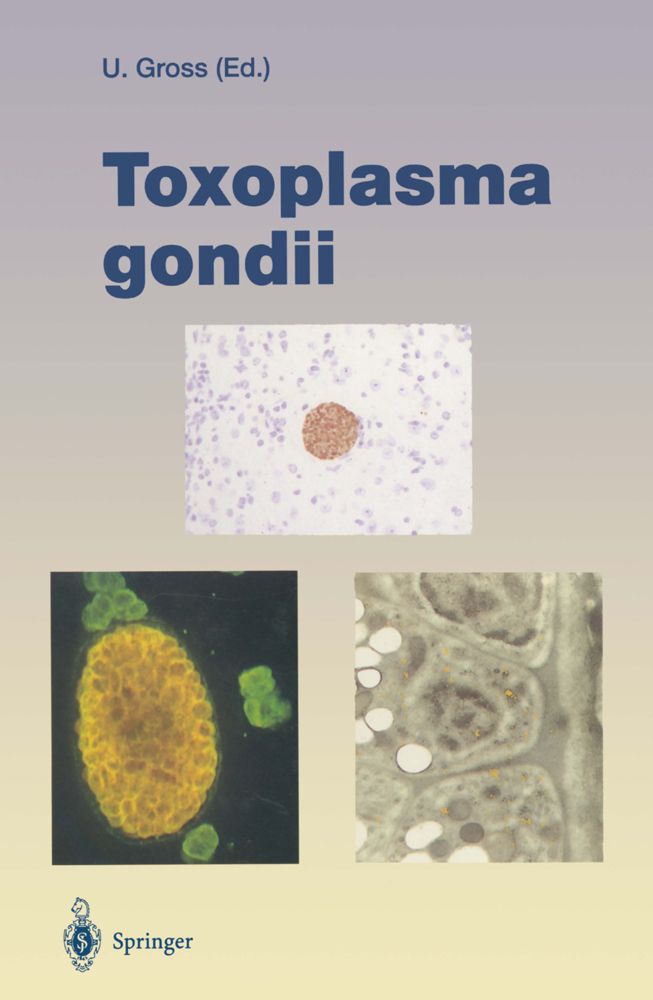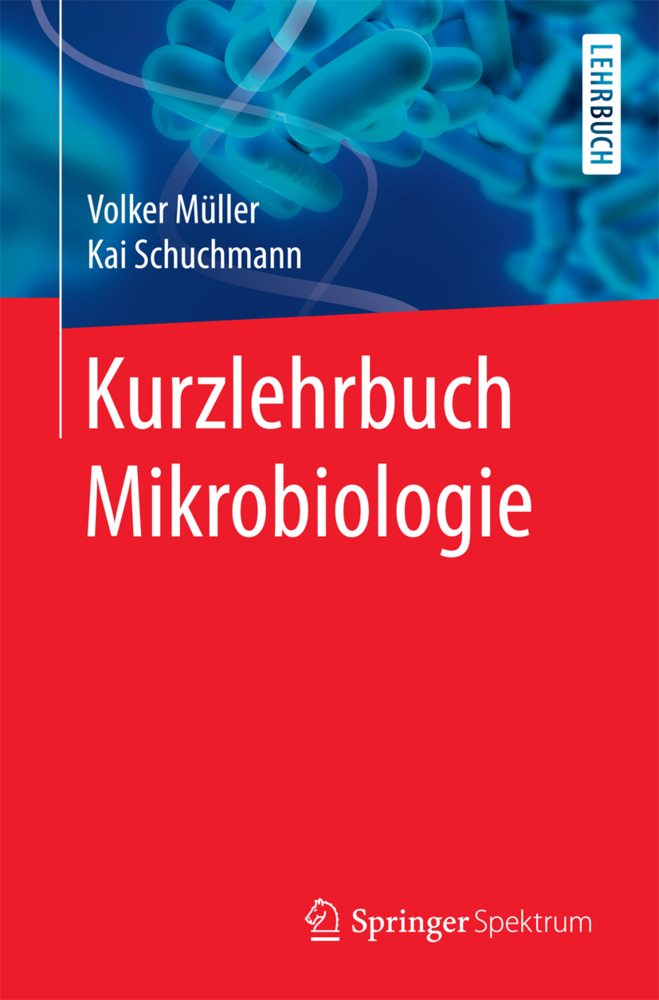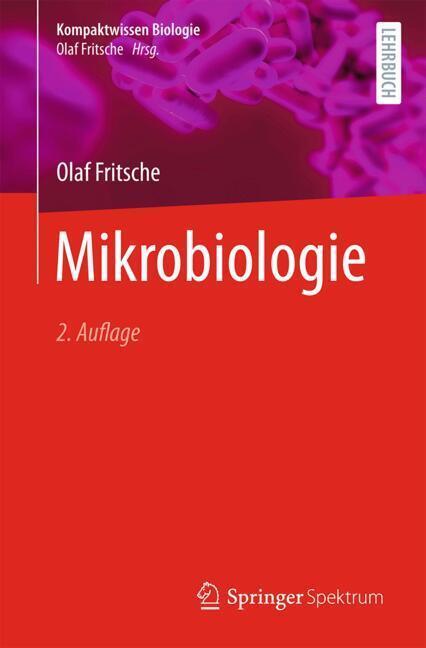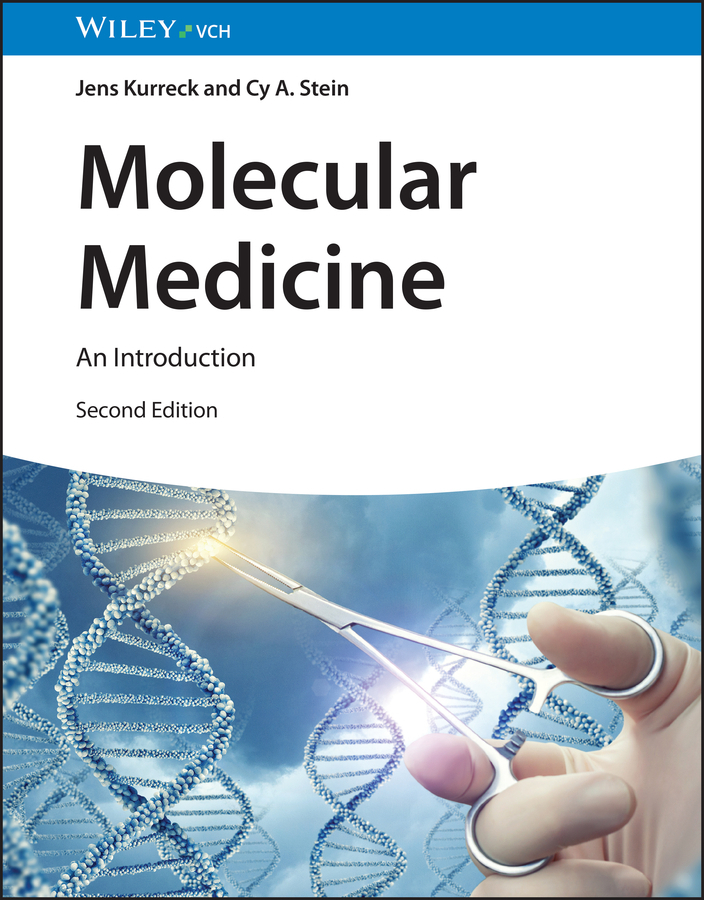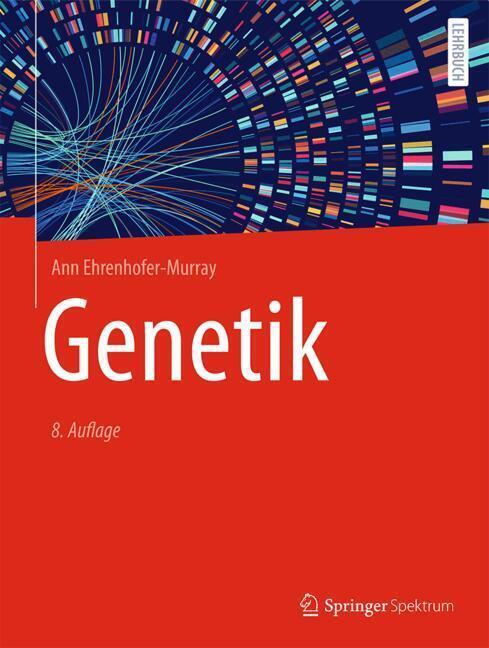Fertilization in Protozoa and Metazoan Animals
Cellular and Molecular Aspects
Fertilization in Protozoa and Metazoan Animals
Cellular and Molecular Aspects
Reproduction is the origination of new organisms from pre-existing ones. Among more than 35 separated forms of reproduction including several types of gamogony, parthenogenesis, agamogenesis, fission and division, and plas motomy, the bisexual mode of reproduction via fertilization provides genetic variability that allows species to adapt quickly to competitive and constantly changing environments. Several excellent reviews and books have been written in the past to analyse the mechanisms of fertilization in different eukaryotic species. During the last few years, however, renewed attention has been paid to examining the process of oocyte fertilization at the cellular/molecular level not only within a single species/group but also through different phylogenetic lineages. As a result of this effort, knowledge of the molecular pathways used by oocytes and spermatozoa at fertilization has increased, but still many ques tions remain to be answered. Being aware of the necessity of providing an inte grated view of the process of fertilization, this book has been entirely devoted to reviewing the process of oocyte fertilization at the cellular/molecular level in two different and separated groups of eukaryotic organisms: protozoa and metazoan animals. The book is organized into six sections dealing with oocyte fertilization in protozoa, invertebrates, teleost fishes, amphibians, birds and mammals. These sections are followed by a summary/concluding chapter that provides a com parative overview of the process of fertilization in these groups of eukaryotes.
2 Fertilization in a Flagellate
3 Sexual Phase and Fertilization inPlasmodium
4 Gamogony and Agamogony in Foraminiferans
5 Conjugation in Ciliates
References
2 Fertilization in Invertebrates
1 Introduction
2 Porifera
3 Cnidaria (Coelenterata)
4 Ctenophora
5 Platyhelminthes
6 Rhynchocoela (Nemertea, Nemertinea)
7 Nematoda
8 Mollusca
9 Annelida
10 Arthropoda
11 Echinodermata
12 Protochordata
References
3 Fertilization in Fishes
1 Introduction
2 Structural Preparation of Oocyte and Spermatozoon for Fertilization
3 Oocyte Maturation for Acquisition of Fertilizability
4 Interaction and Membrane Fusion Between Gametes
5 Responses of Egg to Membrane Fusion with Spermatozoon
6 Polyspermy-Preventing Mechanism
7 Formation of Male and Female Pronuclei
8 Migration and Karyogamy of Female and Male Pronuclei
9 Fertilization Without an Increase in Cytoplasmic Ca2+and Exocytosis of Cortical Alveoli
References
4 Fertilization in Amphibians
1 Introduction
2 Interactions of Sperm with Oocyte Investments and Oocyte Membrane
3 Mechanism of Oocyte Activation
4 Mechanisms for Polyspermy Block
5 Variations in Amphibian Fertilization
References
5 Fertilization in Birds
1 Introduction to Avian Breeding Systems
2 Gametes, Gameteogenesis and Reproductive Systems
3 Oviducal Sperm Transport and Storage
4 Sperm:Egg Interaction
5 Quantitative Aspects of Sperm: Egg Interaction, Fertility and the Fertile Period
References
6 Fertilization in Monotreme, Marsupial and Eutherian Mammals
1 Introduction
2 Sperm Production
3 Epididymal Maturation of Spermatozoa
4 Sperm Deposition, Storage and Transport in the Female Tract
5 Capacitation
6 Hyperactivation of Spermatozoa
7 The Acrosome
8 Sperm Interaction with the Zona Pellucida
9 Sperm-Oocyte Fusion
10 Oocyte Activation
11 Cortical Reaction and Block to Polyspermy
12 Decondensation of the Sperm Nucleus
13 Completion of Meiosis, Pronuclei Development and Syngamy
14 Concluding Remarks
References
7 Fertilization in Protozoa and Metazoan Animals: A Comparative Overview
1 Introduction
2 Definition of Fertilization
3 Somatic and Germ Cell Lines in Protozoa and Metazoa
4 Comparative Analysis of Fertilization in Metazoa
References.
1 Fertilization in Protozoa
1 Reproduction Strategies in Protozoa2 Fertilization in a Flagellate
3 Sexual Phase and Fertilization inPlasmodium
4 Gamogony and Agamogony in Foraminiferans
5 Conjugation in Ciliates
References
2 Fertilization in Invertebrates
1 Introduction
2 Porifera
3 Cnidaria (Coelenterata)
4 Ctenophora
5 Platyhelminthes
6 Rhynchocoela (Nemertea, Nemertinea)
7 Nematoda
8 Mollusca
9 Annelida
10 Arthropoda
11 Echinodermata
12 Protochordata
References
3 Fertilization in Fishes
1 Introduction
2 Structural Preparation of Oocyte and Spermatozoon for Fertilization
3 Oocyte Maturation for Acquisition of Fertilizability
4 Interaction and Membrane Fusion Between Gametes
5 Responses of Egg to Membrane Fusion with Spermatozoon
6 Polyspermy-Preventing Mechanism
7 Formation of Male and Female Pronuclei
8 Migration and Karyogamy of Female and Male Pronuclei
9 Fertilization Without an Increase in Cytoplasmic Ca2+and Exocytosis of Cortical Alveoli
References
4 Fertilization in Amphibians
1 Introduction
2 Interactions of Sperm with Oocyte Investments and Oocyte Membrane
3 Mechanism of Oocyte Activation
4 Mechanisms for Polyspermy Block
5 Variations in Amphibian Fertilization
References
5 Fertilization in Birds
1 Introduction to Avian Breeding Systems
2 Gametes, Gameteogenesis and Reproductive Systems
3 Oviducal Sperm Transport and Storage
4 Sperm:Egg Interaction
5 Quantitative Aspects of Sperm: Egg Interaction, Fertility and the Fertile Period
References
6 Fertilization in Monotreme, Marsupial and Eutherian Mammals
1 Introduction
2 Sperm Production
3 Epididymal Maturation of Spermatozoa
4 Sperm Deposition, Storage and Transport in the Female Tract
5 Capacitation
6 Hyperactivation of Spermatozoa
7 The Acrosome
8 Sperm Interaction with the Zona Pellucida
9 Sperm-Oocyte Fusion
10 Oocyte Activation
11 Cortical Reaction and Block to Polyspermy
12 Decondensation of the Sperm Nucleus
13 Completion of Meiosis, Pronuclei Development and Syngamy
14 Concluding Remarks
References
7 Fertilization in Protozoa and Metazoan Animals: A Comparative Overview
1 Introduction
2 Definition of Fertilization
3 Somatic and Germ Cell Lines in Protozoa and Metazoa
4 Comparative Analysis of Fertilization in Metazoa
References.
| ISBN | 978-3-540-67093-3 |
|---|---|
| Artikelnummer | 9783540670933 |
| Medientyp | Buch |
| Copyrightjahr | 2000 |
| Verlag | Springer, Berlin |
| Umfang | XV, 318 Seiten |
| Abbildungen | XV, 318 p. |
| Sprache | Englisch |

